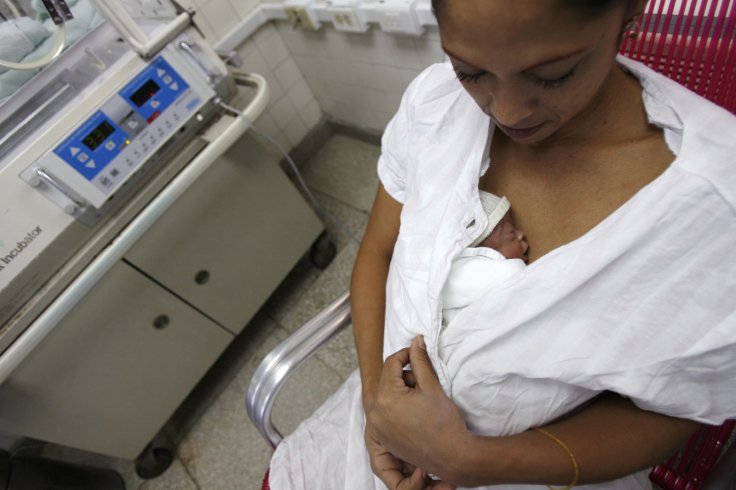
When Renuka Hadapad from India gave birth to triplets in 2016, there was little reason to celebrate as the babies had almost no chance of survival. The triplets weighed less than 1500 grams each. Nursing the babies or keeping them warm was difficult. Kangaroo Mother Care (KMC) technique helped these low-birth-weight babies stabilize. The triplets soon crossed 2500 grams.
In countries like Ghana, India, Malawi, Nigeria and Tanzania, the KMC technique is extremely new. It is most widely used in the US and has been proved effective. This skin-to-skin care method is most commonly used for low birth weight babies or premature babies. Lack of awareness and healthcare facilities for premature and low birth-weight babies are proving to be fatal for the new-borns. Authorities are taking the initiative to spread awareness of this method in remote as well as urban areas.
Kangaroo Mother Care
This technique has been named after the marsupials who carry their babies in their sacks. Peter de Chateau in Sweden first spoke of the skin-to-skin contact which can help babies to grow swiftly. The method developed in the 1970s to take care of the premature babies. This technique has proved helpful in reducing infant mortality and the risks of infections acquired from hospitals.
Researchers believe that just the way a kangaroo keeps its baby in close contact to its skin, if human babies are placed in direct skin-to-skin contact with either the mother or the father, the physiological and psychological bonding is automatically enhanced.
How it works
Keeping the new-born babies in close contact with the parent's body helps to regulate the temperature of the baby more swiftly than incubators. The parent's stable body temperature initiates the process. The method includes three main components: kangaroo position, kangaroo nutrition and kangaroo discharge.
Kangaroo position: Direct skin-to-skin contact between the mother and the baby and holding the baby upright on the chest.
Kangaroo nutrition: Exclusive breastfeeding.
Kangaroo discharge: The time when the infant is sent home early and when apart from breastfeeding the mother is able to provide all basic needs of the child.
WHO recommends the KMC technique and states that it is only effective when done for a long period of time until the baby weighs over 2500 grams. Through health worker training, WHO is trying to ensure that at least 80 percent of the low birth weight babies get proper care by means of the KMC method.
Kangaroo Mother Care is initiated three to ten days after birth in most of the countries. This leads to an increased mortality rate among low birth weight babies. As per statistics, more than 200 neonatal intensive care units are practising Kangaroo Mother Care technique with 82 percent of the units based in the US.









